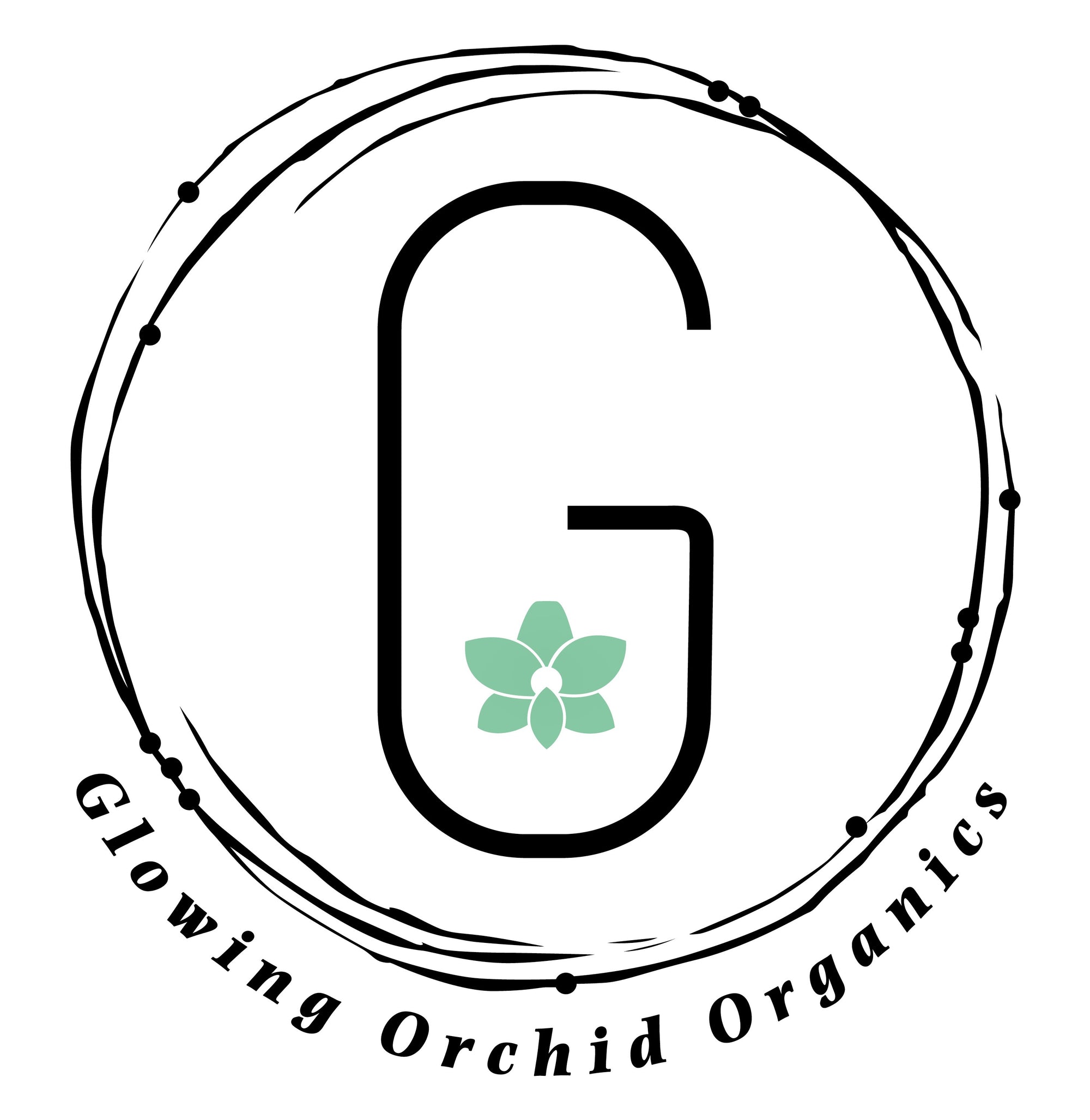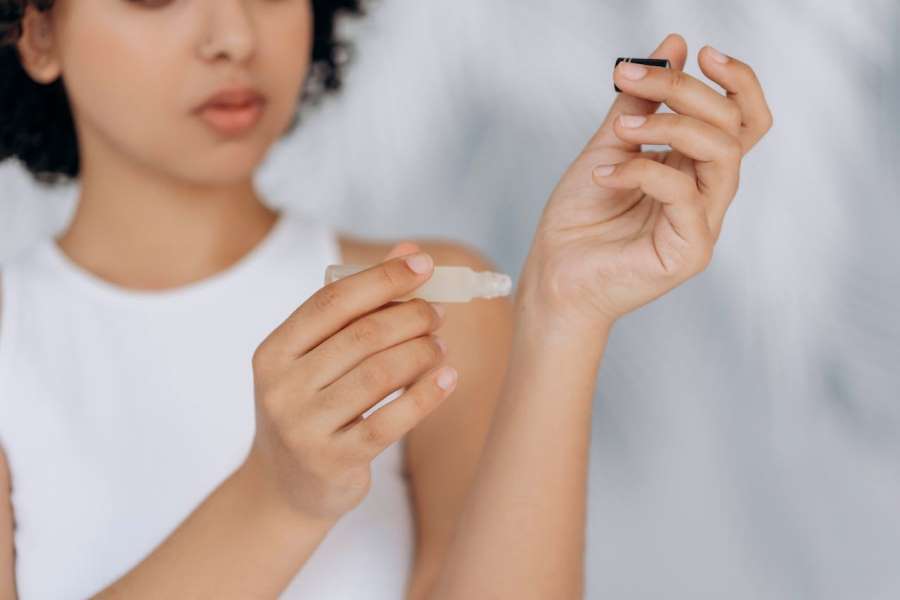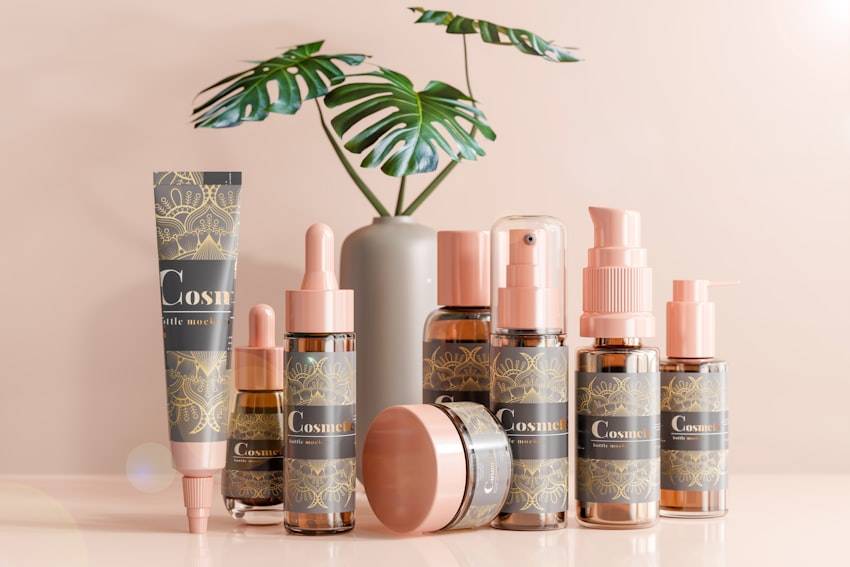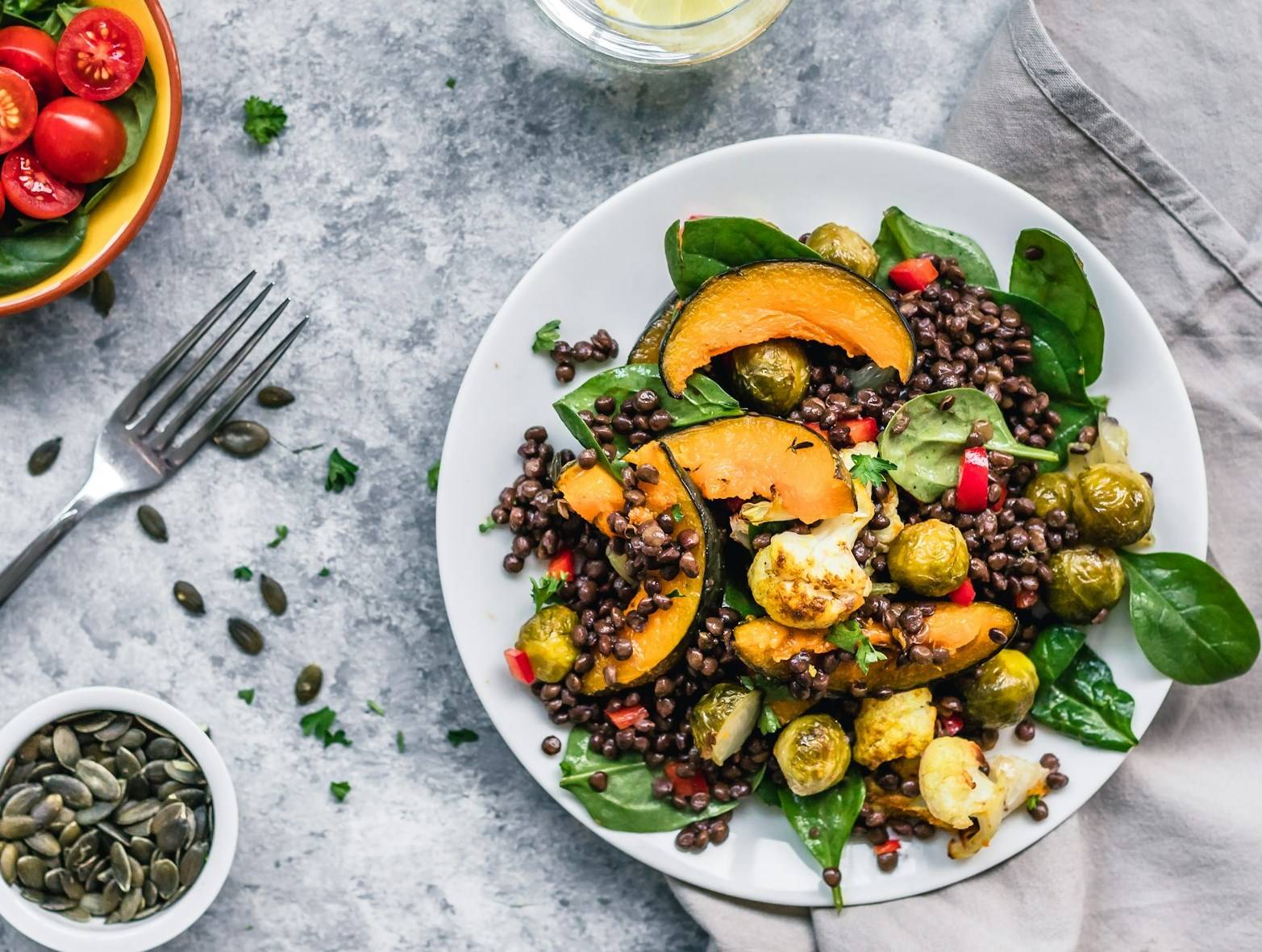Plastics are everywhere and unavoidable in modern life. For many decades, we’ve relied on these materials for everything, from containers and shopping bags, to drink bottles and children’s toys. But what we didn’t know – and what many of us may still not be aware of – is that plastics have components that seep into our body and likely cause health disorders like infertility, hormonal imbalance, and even cancer.
As a mom and a health-conscious person, I’ve been following the scientific developments about plastic’s health risks. It’s now crystal-clear: we need to cut our dependence on plastic ASAP. Let’s talk about what it is in plastics that’s harming our wellness, and what we can do to curb its impact on our health and our family’s.













